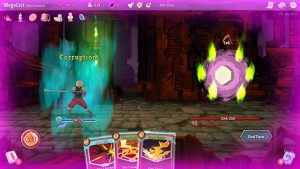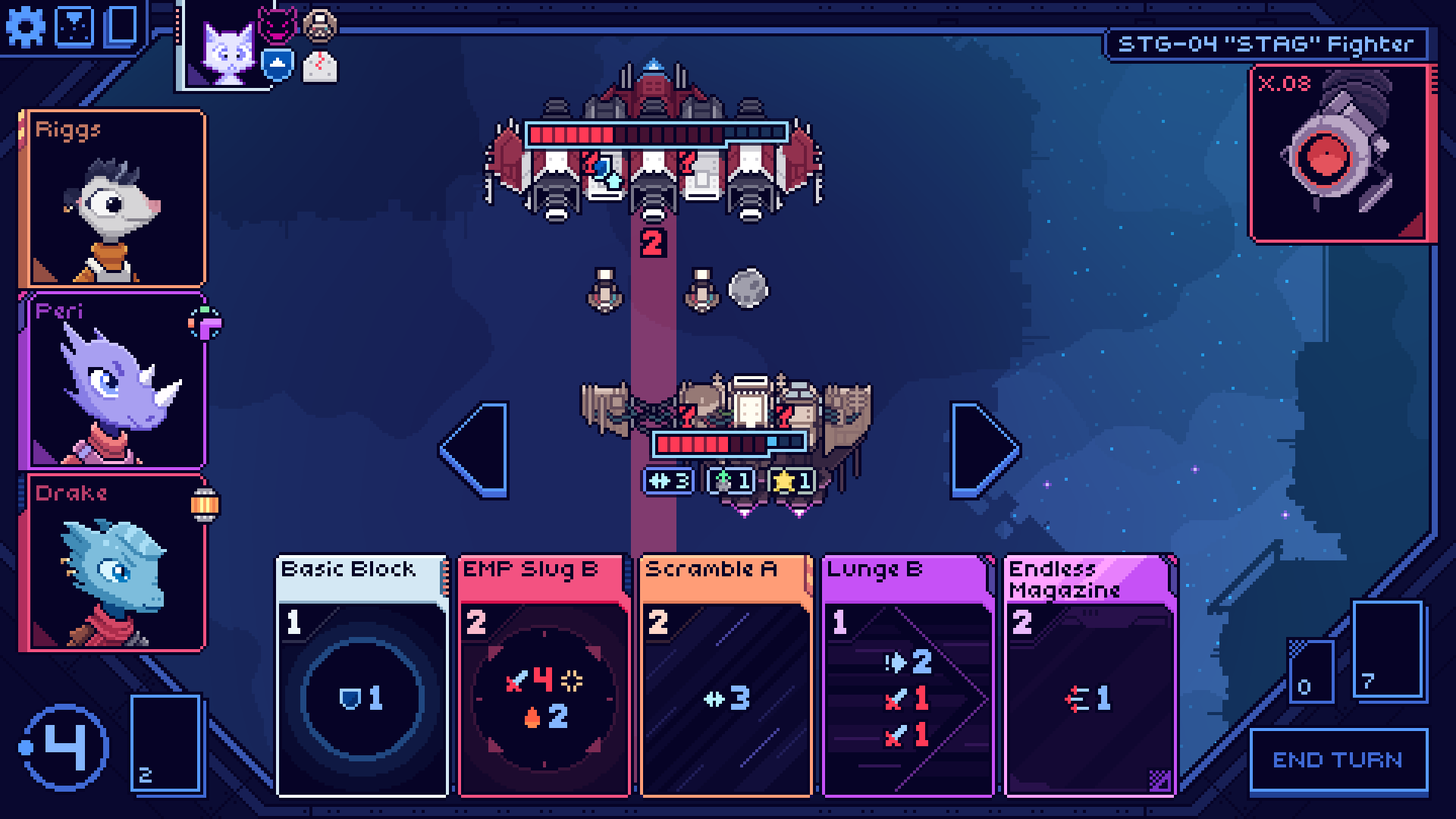In a deckbuilding game, you start out with a basic set of cards, then upgrade it over time, seeking synergies and compounding effects. Roguelikes are games where death happens quite often, but each randomized "run" unlocks options for the future. In both genres, and when they're fused together, the key is staying lean, trimming your deck and refining your strategy so that every card and upgrade works toward unstoppable momentum.
“Lean” does not describe the current scene for roguelike deckbuilder games, but they certainly have momentum. As of this writing, Steam has 2,599 titles tagged by users with “deckbuilding” and 861 with “roguelike deckbuilder” in all languages, more than enough to feed a recent Deckbuilders Fest. The glut has left some friends and co-workers grousing that every indie game these days seems to be either a cozy farming sim or a roguelike deckbuilder.
I, an absolute sucker for deckbuilders for nearly five years, wanted to know why this was happening.

What is so appealing to developers and players about single-player card games made for screens? How do developers differentiate their deckbuilders? And how do you promote a title in a niche but crowded field?
Seeking these answers, I spoke with a bunch of roguelike deckbuilder developers, and I read interviews and watched conference talks from others. Some common themes and trends revealed themselves. Like a well-honed deck, each element fed into and bolstered the others.
But let's first go back to the beginning, to perhaps the most powerful single element of roguelike deckbuilders’ success: two college friends in their 20s, tired of working QA jobs.
Slay the Spire’s starting point
Slay the Spire marked what was arguably the start of modern, single-player roguelike deckbuilder video games. Some games may technically have combined combat-oriented deckbuilding with the procedural generation and die/improve/repeat nature of roguelikes, but the 2019 game was the first to crack the formula and build a big audience around it. Slay the Spire also broadly boosted enthusiasm for single-player card games on computers in general—games other than Windows’ Solitaire, at least.

















 Loading comments...
Loading comments...
